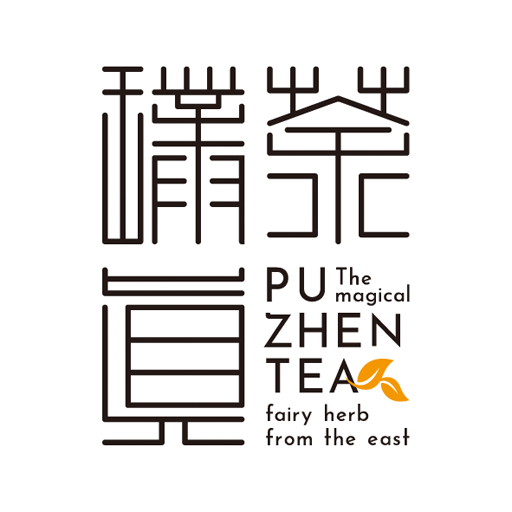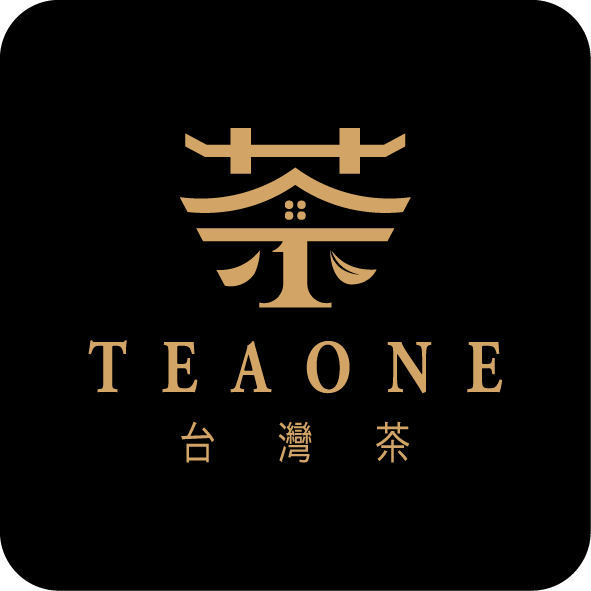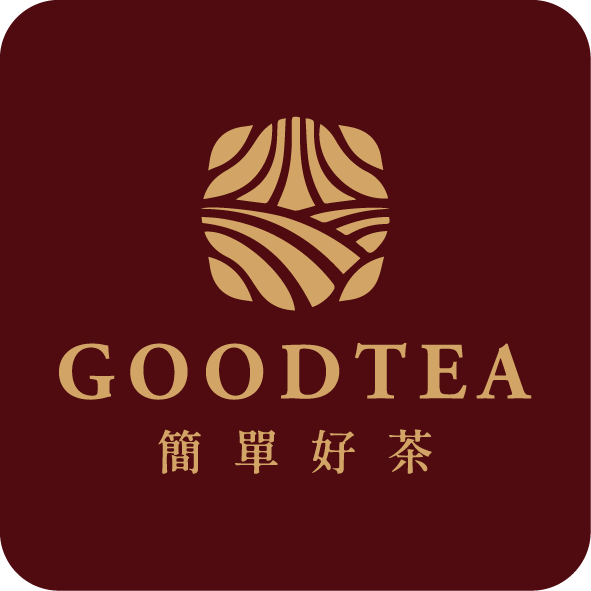The first infusion of tea, often referred to as “washing the tea,” is more aptly described as a “warming and moistening soak.” Tea leaves have a very low moisture content, and when hot water touches them, the leaves are primarily absorbing water rather than releasing their flavors. Thus, tea masters usually discard the first brew to prevent offering a taste that is weak and uninteresting to the drinker. Only after the leaves have fully absorbed water does the true flavor begin to emerge, similar to how dried mushrooms need to be soaked before they are ready to eat.
Can the first infusion of tea be drunk? Yes, the first brew is drinkable and rich in nutrients, even though the flavor might be milder. Most pesticides are lipophilic, meaning they dissolve in fats rather than water, and their solubility in water is quite low. Moreover, the tea processing involves several steps such as high-temperature roasting, color sorting, and metal detection to remove foreign objects, making teas like Taiwanese oolong very clean.
Is a “warming and moistening soak” necessary for all teas? Not all teas require this first step. It`s primarily needed for tightly rolled or compressed teas, such as ball-shaped or semi-ball-shaped oolong teas and compressed pu`er teas. These types of teas are packed tightly together and require hot water to unfurl properly. If the water temperature is not high enough to allow the leaves to expand, the resulting brew might taste “watery,” meaning its flavor won`t be fully expressed.







Leave a reply